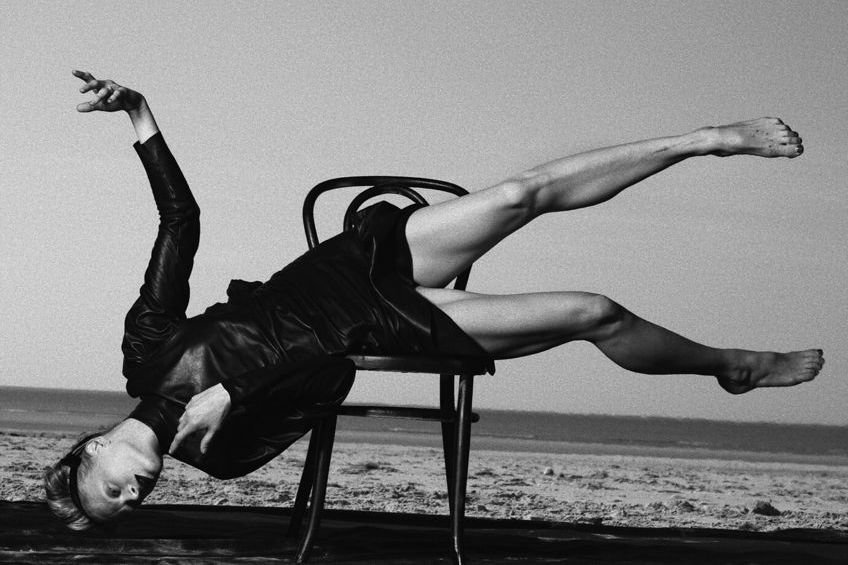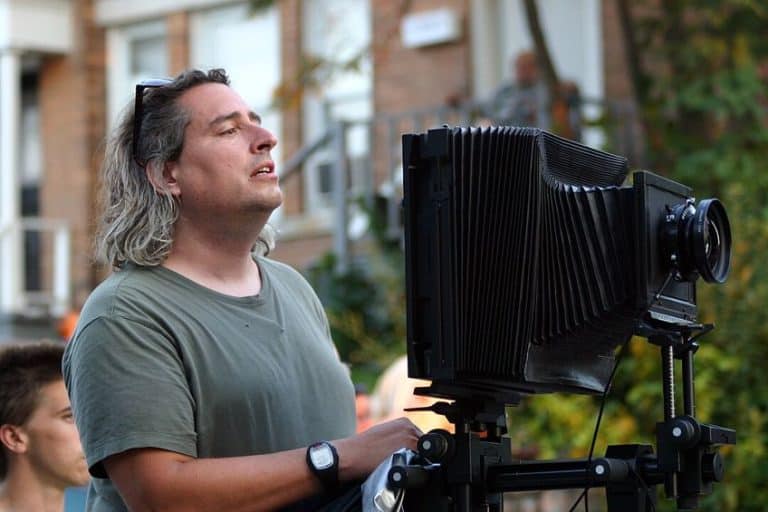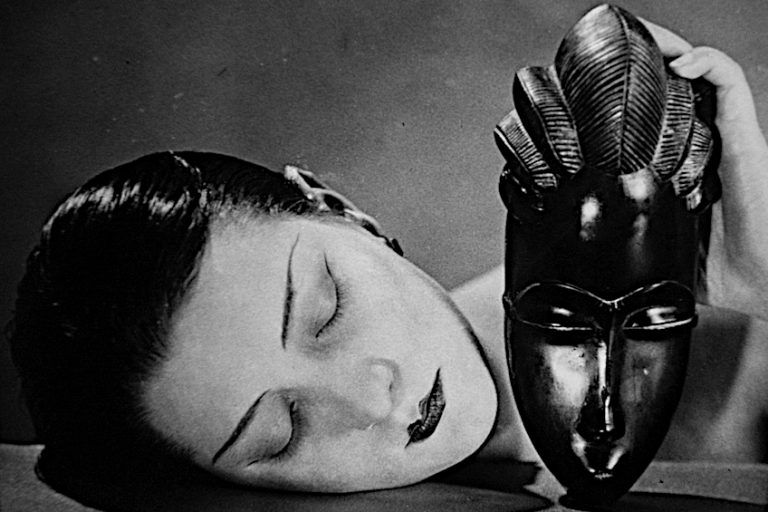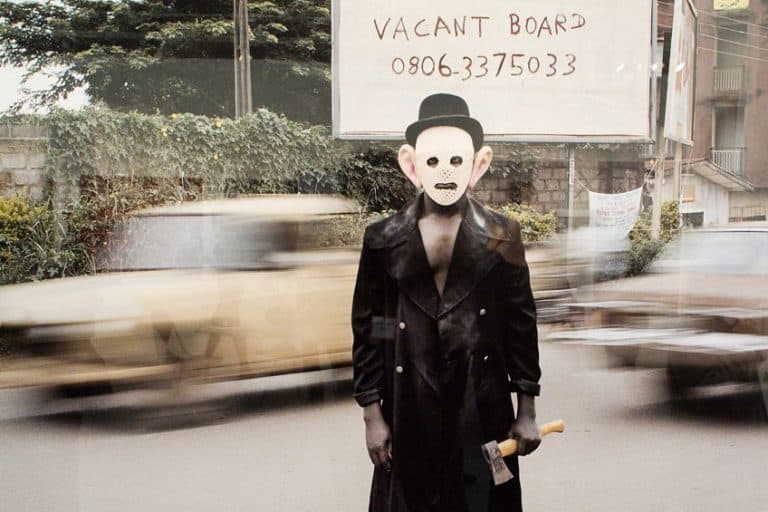Peter Lindbergh – The Art of Fashion in Black and White
Peter Lindbergh, a pioneering figure in the realm of fashion photography, left an indelible mark on the industry with his revolutionary approach to capturing beauty. Born on November 23, 1944, in Leszno, Poland, Lindbergh’s career spanned decades and encompassed iconic portraits and editorial spreads that redefined standards of glamour and elegance. Renowned for his natural and unretouched style, Lindbergh’s work celebrated authenticity and human imperfections, elevating models into timeless icons. His unique vision continues to inspire and influence generations of photographers and artists worldwide, cementing his legacy as a true master of the lens.
Table of Contents
Key Takeaways
- Peter Lindbergh was a prominent figure in fashion photography, celebrated for his black-and-white images.
- He began as an arts student, later moving towards photography and becoming influential in the 1970s.
- Lindbergh’s work is noted for its minimal retouching and focus on natural beauty and human emotion.
Early Life and Career
| Birth | November 23, 1944 |
| Death | September 3, 2019 |
| Place of Birth | Leszno, Poland |
| Notable Artworks | He was primarily known for his fashion photography works, capturing iconic images in the industry. |
Peter Lindbergh, born Peter Brodbeck on November 23, 1944, in Leszno, Poland, was vital in shaping the fashion photography landscape with his distinctive approach. Lindbergh was a renowned German fashion photographer whose work helped shape the course of fashion photography. Known for his cinematic images, Lindbergh’s preference for black-and-white photography set him apart in an era dominated by color. He captured the essence of his subjects with a simple yet profound eloquence, often focusing on their natural beauty with minimal retouching. His deep understanding of light and shadow, combined with an unerring instinct for capturing the human element, made his photographs instantly recognizable and timeless.
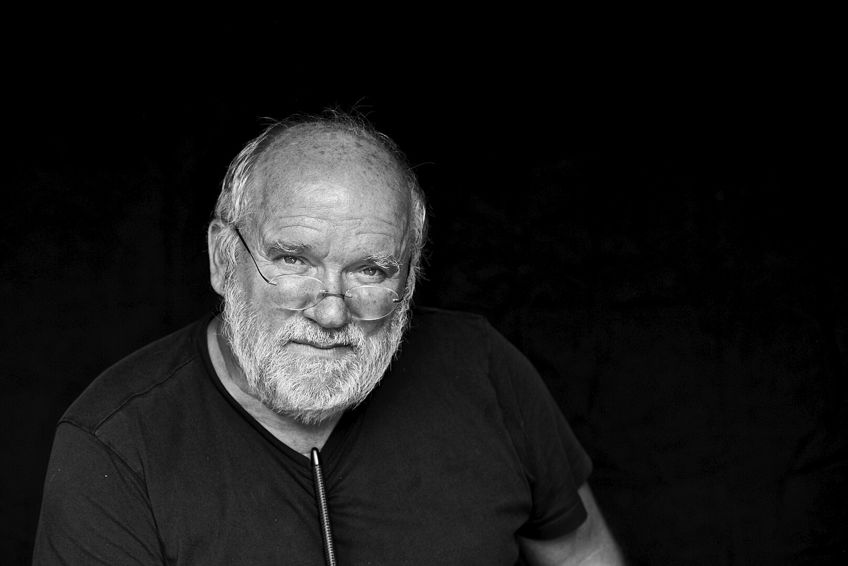
Lindbergh’s career trajectory, marked by a foundation in fine arts, propelled him to become an iconic figure known for his stark, expressive black and white images. Lindbergh initially studied in Berlin and Krefeld, and even exhibited his work before completing his education. In the early 1970s, he transitioned into photography, quickly establishing a name for himself as a trailblazer in the field. His work was not only a conduit for fashion but also for the expression of individual character, breaking the conventions of traditional beauty standards.
By highlighting the personality and spirit of his subjects, he formed a new narrative in fashion imagery—one that emphasized a more humanistic approach to the portrayal of models.
Education and Influences
In the post-war landscape of Germany, Lindbergh spent his youth in Duisburg. His artistic journey began at the Berlin Academy of Fine Arts, solidifying a strong foundation that would influence his entire body of work. He was notably inspired by the works of Henri Cartier-Bresson, whose candid street photography would leave a lasting impact on Lindbergh’s style.

Rise to Prominence
Lindbergh’s move to Düsseldorf marked a turning point as he switched from abstract art to photography, honing his craft and distinctive vision. It was his stark portrayal of the human experience, stripped of elaborate staging, that caught attention within the fashion industry.
His prominence surged in the 1980s, notably through collaborations with international fashion magazines.
Mature Period
During this period, Lindbergh became renowned for compelling portraits that evoked cinematic quality. He steered away from the gloss and retouching trends, instead capturing the natural beauty and personality of his subjects. His approach brought a new realism to fashion photography, celebrated for its emotional depth and storytelling.
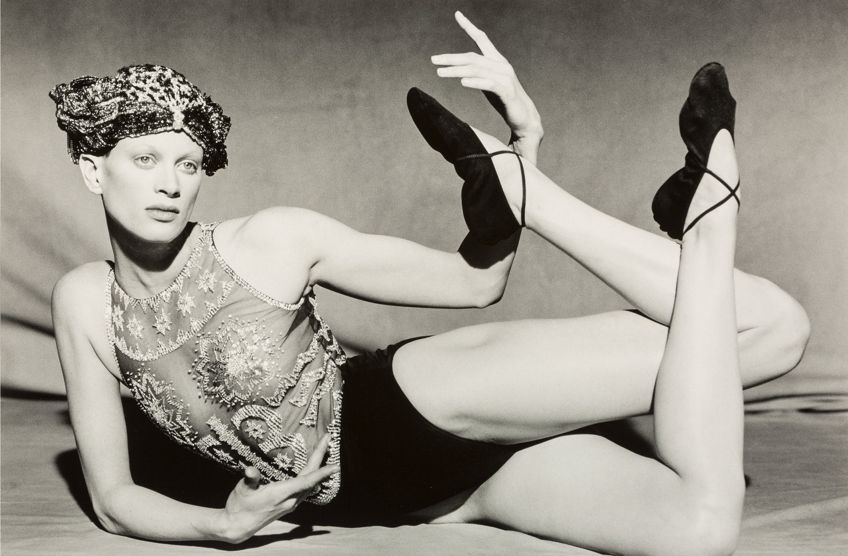
Late Period
Continuing his work into the 21st century, Lindbergh maintained his ethos, while his style evolved to incorporate contemporary narratives. His photographs remained as impactful as ever, proving his adaptability and relevance in a rapidly changing fashion industry. Lindbergh’s legacy is a testament to the power of his influence on the world of fashion photography.
His commitment to authenticity and emotional connection in imagery has paved the way for future generations of photographers to embrace a more genuine and humanistic approach in their work.
Photographic Style and Legacy
Peter Lindbergh distinguished himself in the fashion photography scene with a style that eschews the artificial glamour of the 80s for a timeless, cinematic quality. His work is renowned for its clear focus on strength and natural beauty.

Black and White Images
Lindbergh was legendary for his preference for black-and-white imagery, finding in it the capacity to strip down distractions and elevate the subject’s character and mood. This monochromatic choice was not just an aesthetic one but also a statement.
It reinforced the emotional impact of the images and created what would become iconic works in fashion photography.
Natural Beauty and Retouch
He boldly emphasized natural beauty, often showcasing his subjects with minimal makeup and styling. Lindbergh’s approach was a stark departure from the heavily retouched photos that had become the norm. By refraining from altering the photographs, he celebrated imperfections and human strength, moving away from industry standards that favored a more artificial presentation.
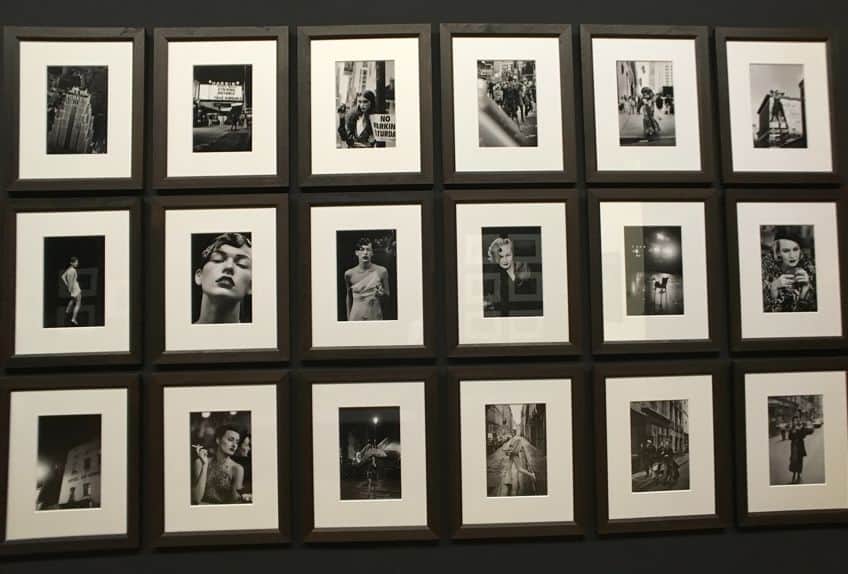
Influential Portraits
Lindbergh’s portraits are influential, noted for their soul-stirring depth. They are often regarded as more than just fashion images; they are seen as pieces of art that encapsulate the zeitgeist. His work did not only define fashion photography but also shaped public perception of beauty and elegance.
Through his lens, Lindbergh told stories, captured raw emotions, and highlighted the inner strength of his subjects.
Notable Works and Collaborations
Peter Lindbergh’s legacy in photography is marked by his significant contributions to major fashion publications and his collaboration with renowned cultural figures. His work has not only graced the pages of prestigious magazines but also played a pivotal role in defining the visual language of an era.
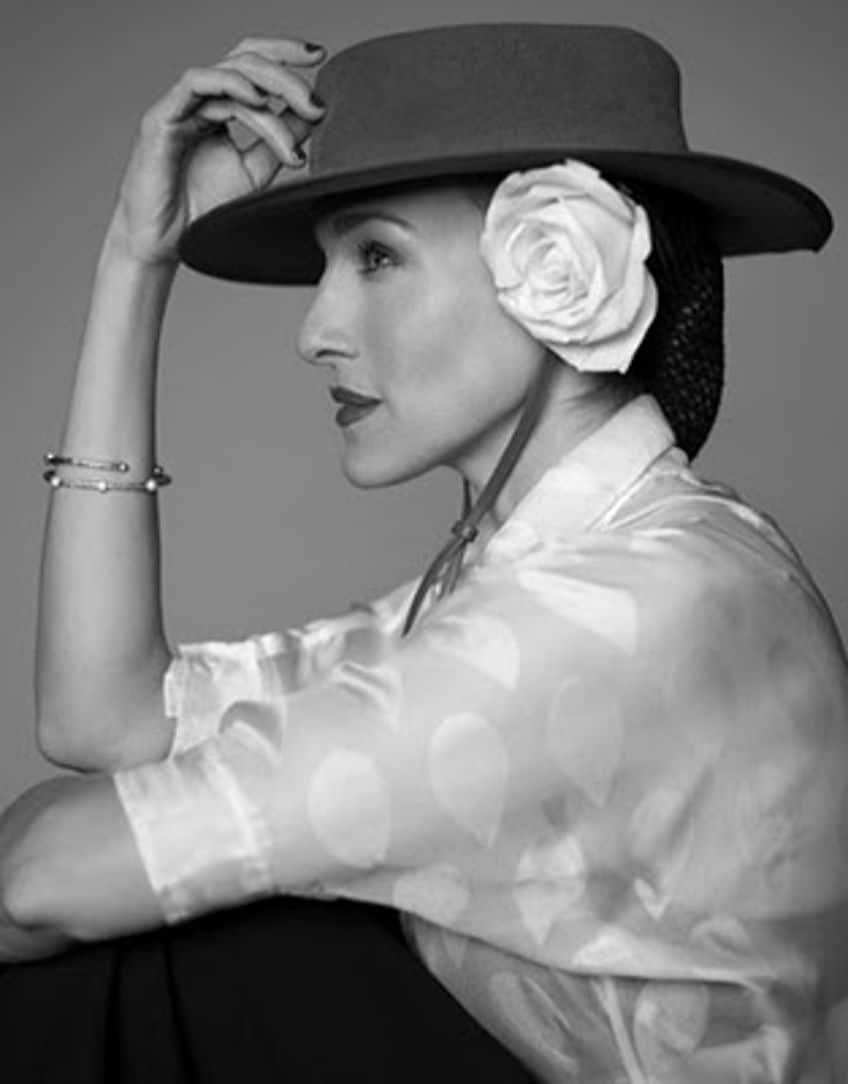
Vogue and Fashion Magazines
Peter Lindbergh had a defining relationship with Vogue, frequently contributing to both American and British Vogue over the course of his career. He is credited with shooting the January 1990 British Vogue cover featuring Michaela Bercu, which was noted for its break from convention under the guidance of Anna Wintour.
His work extended beyond Vogue, capturing the essence of style in other high-profile publications such as Vanity Fair.
- Vogue: Regular photographer for American and British Vogue.
- Vanity Fair: Featured photographer.
- Pirelli Calendar: Chosen to shoot for several editions.
The Supermodel Era
Lindbergh’s lens was instrumental in the rise of the supermodels phenomenon in the 1990s. He photographed iconic figures such as Linda Evangelista, Naomi Campbell, Cindy Crawford, and Christy Turlington, forming images that encapsulated an era. His approach highlighted a natural and powerful representation of these models, which became emblematic of the time. Some of his most iconic shoots included:
- Supermodels: Group shot with Linda Evangelista, Naomi Campbell, Cindy Crawford, and Christy Turlington.
- Individual portraits: Celebrated for capturing the distinct personalities of each model.
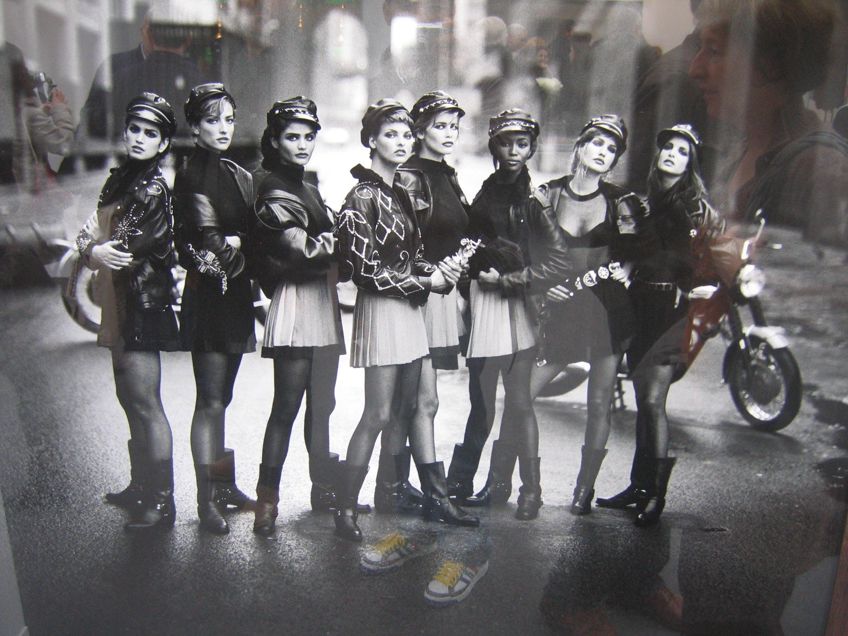
Celebrity and Cultural Figures
Beyond the world of fashion, Lindbergh’s lens also engaged with powerful cultural icons such as Tina Turner, Beyoncé, and Meghan, Duchess of Sussex. Each portrait went beyond mere appearance, seeking to reveal the inner beauty and strength of his subjects. His photo of the Duchess of Sussex for the September 2019 issue of British Vogue highlighted her as a force of change and resonated with audiences worldwide.
His most notable portraits include:
- Tina Turner: Intimate portraits capturing her energetic charisma.
- Beyoncé: Photographs revealing a personal, humanized side of the superstar.
- Meghan, Duchess of Sussex: The candid and influential British Vogue Cover for the Forces for Change edition.
Personal Life and Tributes
Peter Lindbergh, born Peter Brodbeck on November 23, 1944, experienced a turbulent early childhood marked by displacement during World War II, with his family eventually settling in Duisburg, Germany. Despite these early challenges, Lindbergh cultivated a towering presence in fashion photography, renowned for his authentic and humanistic approach to capturing his subjects.
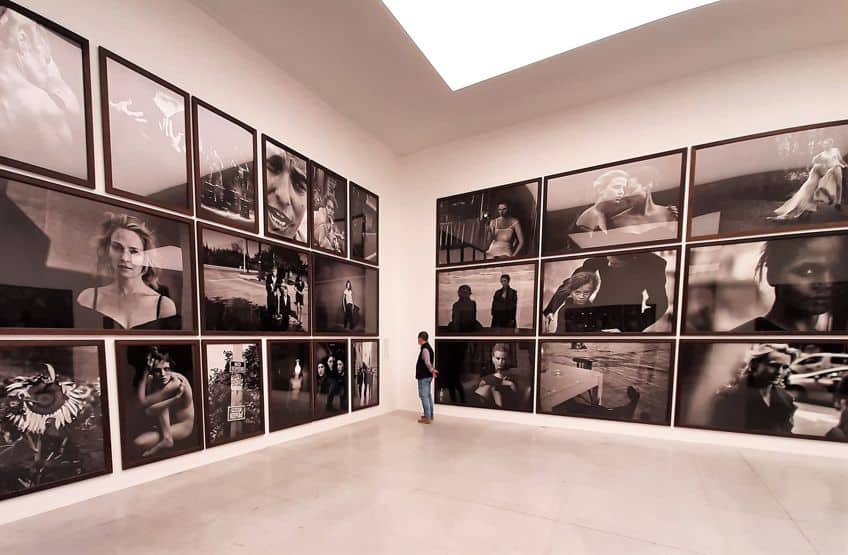
Following his death on September 3, 2019, an outpouring of respect highlighted the impact Lindbergh had within the fashion industry. He was widely recognized for ushering in the era of the supermodel and for his signature monochromatic aesthetic. Colleagues and friends within the industry lauded his talent and described the nuances of his unique approach through their personal tributes.
Tributes poured in, reflecting the deep respect from those he had worked with. Many remembered Lindbergh not just for his creative genius but also for his empathetic nature, especially toward women, often revealed through his artistry. He had a reputation for forging genuine connections, turning many of his professional relationships into lasting friendships. Lindbergh’s departure was felt deeply within the global fashion community, mourning the loss of an individual who was not only a master behind the lens but also a cherished friend and family man.
Legacy of Peter Lindbergh
Peter Lindbergh is renowned for his pivotal influence in contemporary fashion photography. He is credited with helping to inaugurate the supermodel era in the 1990s. His signature style of cinematic and elegant imagery defined an era, moving beyond the standard portrayal of fashion by introducing a narrative and emotional depth. His photographs often stripped away the artificial glamour associated with models, showcasing a natural and authentic aesthetic. This approach challenged the industry norms and propelled the careers of notable supermodels.
Lindbergh’s work has graced the covers and pages of major publications such as Vogue and Harper’s Bazaar, cementing his legacy as a household name.
Through his lens, Lindbergh also made a notable impact on advertising campaigns for luxury brands like Calvin Klein and Dior. His contributions have not only left an indelible mark on fashion photography but also inspired an appreciation for authentic beauty. Some key achievements include:
- Innovating fashion photography in the 1990s
- Key role in the rise of the supermodel era
- Pursuit of natural beauty in his portraits
- Major contributions to publications and brands
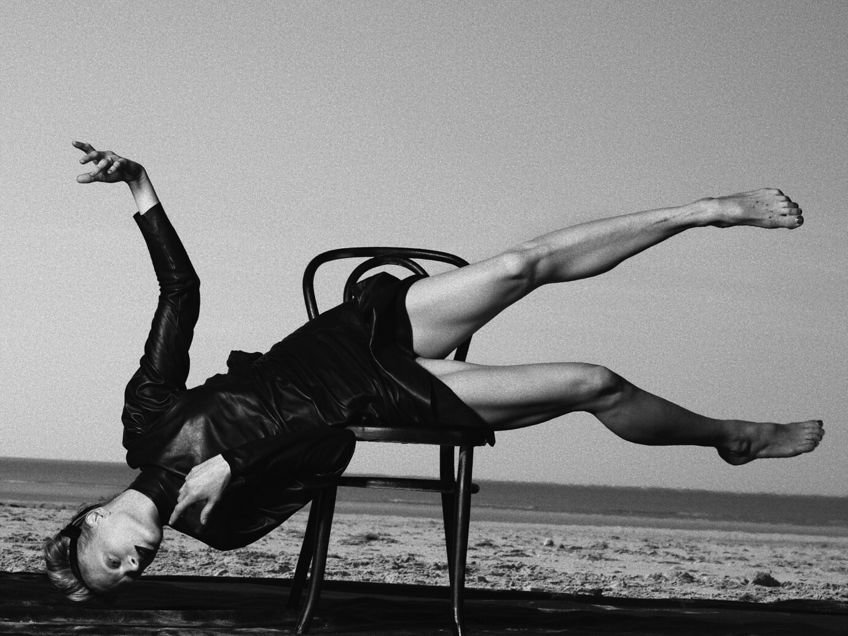
Lindbergh’s legacy endures, with his work continuing to be celebrated posthumously, as he passed away on September 3, 2019. His distinct approach to fashion photography has become a study subject for aspiring photographers and a reference point for discussions about the evolution of the fashion industry.
Peter Lindbergh revolutionized the world of fashion photography with his distinctive approach that celebrated natural beauty and authenticity. His iconic black-and-white images captured the essence of his subjects, emphasizing their raw emotions and unique personalities. Lindbergh’s work transcended traditional standards, paving the way for a new era in the fashion industry that prioritized realness over perfection. Through his artistry, he not only influenced countless photographers but also left an indelible mark on the cultural landscape, proving that true beauty lies in embracing one’s individuality.
Frequently Asked Questions
What Were Some of the Most Iconic Photographs Taken by Peter Lindbergh?
Peter Lindbergh’s lens captured many striking images, but perhaps his most renowned work includes the January 1990 British Vogue cover that featured the era’s top supermodels, such as Linda Evangelista, Naomi Campbell, and Cindy Crawford. His black and white portraits that exude intimacy and simplicity are also iconic.
What Was Peter Lindbergh’s Impact on the Fashion Photography Industry?
Lindbergh revolutionized fashion photography by introducing a more natural and emotional style. He is credited with helping create the supermodel phenomenon of the 1990s and his work is often seen as antithetical to the standard of excessive retouching, favoring instead a narrative of raw and authentic beauty.
What Were the Distinguishing Features of Peter Lindbergh’s Photography Style?
They were noted for their minimalistic approach and cinematic quality. Lindbergh preferred to shoot in natural light and was known for his tendency to avoid heavy makeup and styling on his subjects. His choice of black and white film added a timeless quality to his photos, which often included deep contrasts and sharp textures.
Isabella studied at the University of Cape Town in South Africa and graduated with a Bachelor of Arts majoring in English Literature & Language and Psychology. Throughout her undergraduate years, she took Art History as an additional subject and absolutely loved it. Building on from her art history knowledge that began in high school, art has always been a particular area of fascination for her. From learning about artworks previously unknown to her, or sharpening her existing understanding of specific works, the ability to continue learning within this interesting sphere excites her greatly.
Her focal points of interest in art history encompass profiling specific artists and art movements, as it is these areas where she is able to really dig deep into the rich narrative of the art world. Additionally, she particularly enjoys exploring the different artistic styles of the 20th century, as well as the important impact that female artists have had on the development of art history.
Learn more about Isabella Meyer and the Art in Context Team.
Cite this Article
Isabella, Meyer, “Peter Lindbergh – The Art of Fashion in Black and White.” Art in Context. March 19, 2024. URL: https://artincontext.org/peter-lindbergh/
Meyer, I. (2024, 19 March). Peter Lindbergh – The Art of Fashion in Black and White. Art in Context. https://artincontext.org/peter-lindbergh/
Meyer, Isabella. “Peter Lindbergh – The Art of Fashion in Black and White.” Art in Context, March 19, 2024. https://artincontext.org/peter-lindbergh/.


